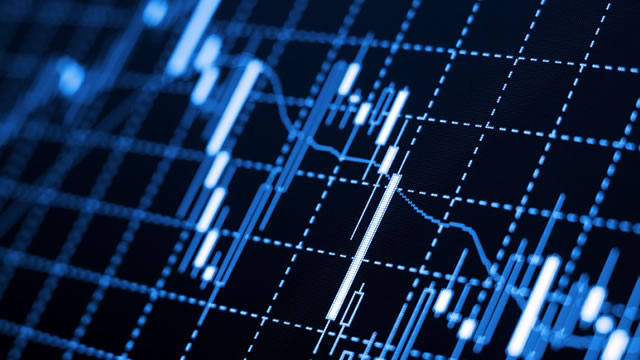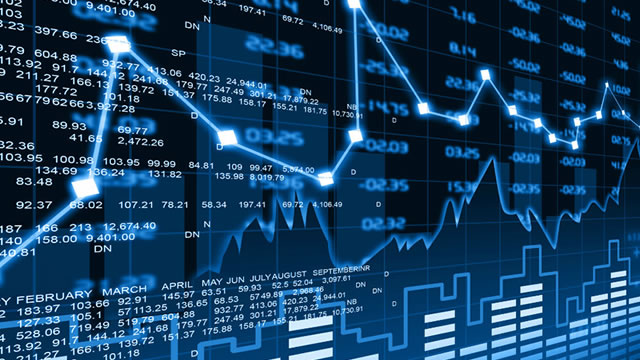Gold Prices Soar Past $3,200: A Safe-Haven Response to Geopolitical Tensions and Economic Uncertainties
The price of gold has been on a remarkable run in recent weeks, surpassing the $3,200 mark as investors seek refuge from escalating geopolitical tensions and economic uncertainties. This precious metal, long regarded as a safe-haven asset, has seen renewed demand as various factors converge to create a perfect storm of risk aversion.
U.S.-China Trade War: A Catalyst for Safe-Haven Demand
The ongoing U.S.-China trade war has been a major driver of gold’s recent price surge. As negotiations between the world’s two largest economies have stalled, tensions have escalated, leading to increased uncertainty and volatility in global financial markets. This, in turn, has fueled demand for gold as a hedge against potential economic downturns or even a prolonged recession.
Dollar Weakness: Gold’s Safe-Haven Shine
Another factor contributing to gold’s recent price gains is the weakness of the U.S. dollar. As the dollar weakens, the price of gold, which is priced in U.S. dollars, becomes relatively more attractive to investors holding other currencies. This has led to a surge in demand for gold from investors seeking to diversify their portfolios and protect their purchasing power.
Rising Yields: A Double-Edged Sword for Gold
Rising yields have also played a role in gold’s price movements. While higher yields can make other assets more attractive, they can also make gold less so, as the metal does not offer a yield. However, gold’s safe-haven appeal can help offset this, as investors may be willing to pay a premium for the security gold provides in times of economic uncertainty.
What Does This Mean for Me?
As an individual investor, the recent gold price surge may present an opportunity to add this precious metal to your portfolio. Gold can serve as a hedge against inflation, economic instability, and geopolitical risks, making it an attractive addition to a diversified investment portfolio. However, it’s important to remember that gold prices can be volatile, and investing in this asset class carries risks.
How Will This Affect the World?
On a larger scale, the recent gold price surge could have significant implications for the global economy. For one, it could signal increased uncertainty and instability in financial markets, as investors seek to protect their wealth. Additionally, it could lead to inflationary pressures, as central banks may be less inclined to raise interest rates in the face of rising gold prices. Ultimately, the impact of gold’s price surge will depend on a variety of factors, including geopolitical developments, economic conditions, and investor sentiment.
Conclusion
In conclusion, the recent gold price surge can be attributed to a perfect storm of geopolitical tensions, economic uncertainties, and currency fluctuations. As a safe-haven asset, gold has long been sought after in times of economic instability, and its recent price gains reflect this trend. For individual investors, gold can serve as a valuable addition to a diversified portfolio, offering protection against inflation, economic downturns, and geopolitical risks. However, it’s important to remember that investing in gold carries risks, and investors should carefully consider their investment goals and risk tolerance before making any decisions.
- Gold prices have surged past $3,200 as investors seek refuge from geopolitical tensions and economic uncertainties.
- The ongoing U.S.-China trade war has been a major driver of gold’s recent price gains.
- Dollar weakness has also contributed to gold’s price surge, making the precious metal relatively more attractive to investors holding other currencies.
- Rising yields have presented a double-edged sword for gold, but its safe-haven appeal has helped offset this.
- The recent gold price surge could have significant implications for the global economy, including increased uncertainty and inflationary pressures.
- Individual investors can consider adding gold to their portfolios as a hedge against inflation, economic downturns, and geopolitical risks.





